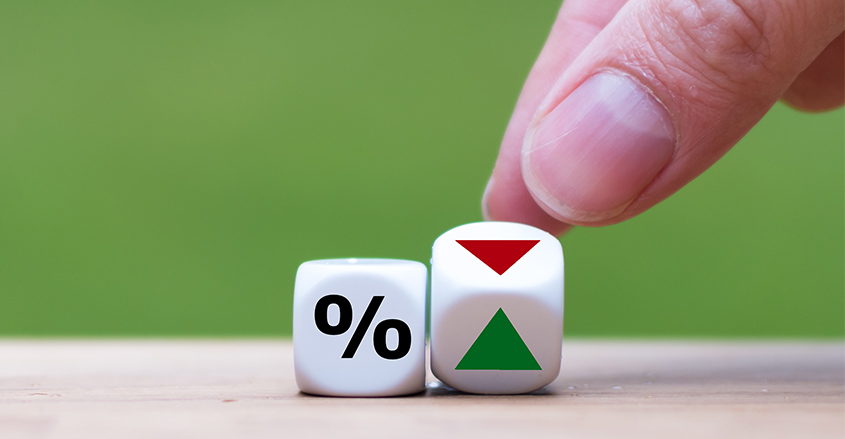Ron Paul, the former Republican Congressman from Texas, has warned that the global economy is inching towards the era of negative interest rates, and that the United States will not be an exception.
The entire global financial system is threatened because of the trend to move towards total negative rates in the hope that it will save the world economy.
Paul, a well-known libertarian and a former presidential candidate, told CNBC’s “Futures Now” that the United States will join the global march towards negative interest rates believing that it will revive growth.
He pointed out that historically the global economy has never had so many currencies with negative interest rates.
Bonds worth more than $17 trillion are currently in negative rates, which is unprecedented. According to Paul, this is nothing but a bubble. “So, we are in the biggest bond bubble in history, and it’s going to burst,” he ominously announced on CNBC.
Paul, who is known for stock market bubble forecasts and other economic warnings, believes that the Fed’s policies are ineffective in this kind of an environment. While the Fed is expected to cut rates by a quarter of a point at its forthcoming meeting, this may not be the answer to the looming economic peril.
It is impossible to predict where the credit creation goes, says Paul. Quantitative easing (QE) leads to inflation, and each time you create new credit by lowering interest rates below the market levels, the bubble gets bigger.
Paul has been warning for years that a stock market shock of more than a 50 percent drop in prices is waiting to happen. Now that the negative interest yielding bonds are in the spotlight, the risks have heightened.
Meltdown?
However, even now, it is difficult to determine the timing of a meltdown because lower taxes in America have helped push the U.S. economy to higher growth rates.
But Paul is convinced that it will happen. His argument is hard to challenge: “How do you sell a bond that pays a negative rate?”
Just a few days ago, former Fed Chairman Alan Greenspan had echoed exactly the same sentiment as Paul about negative interest rates.
Greenspan said that he will not be surprised if U.S. bond yields turn negative very soon. In fact, that sentiment seems to be widely held across the central banking circles.
In the global economic terms, a year is a long time. Just last October, Paul had expressed his worries about the other extreme — when yields on the 10-year Treasury note zoomed to multi-year highs at 3.26%, causing jitters about inflation.
‘Biggest bubble’
Paul spoke on the same “Futures Now” CNBC program last October that when the currency is inflated, interest rates are distorted and consumer over-spending becomes the norm a forced economic adjustment will occur.
He used that scenario to declare at that time, “We have the biggest bubble in the history of mankind.”
But on Friday, the benchmark 10-year Treasury note yield closed at 1.9%.
So why is Paul again warning about an economic catastrophe when the rates are no longer above 3%?
Paul argues that when central banks lower the interest rates to the extremes, the financial market pricing mechanism gets thwarted.
“I don’t think anything even existed coming close to what we’re facing today,” Paul said.


